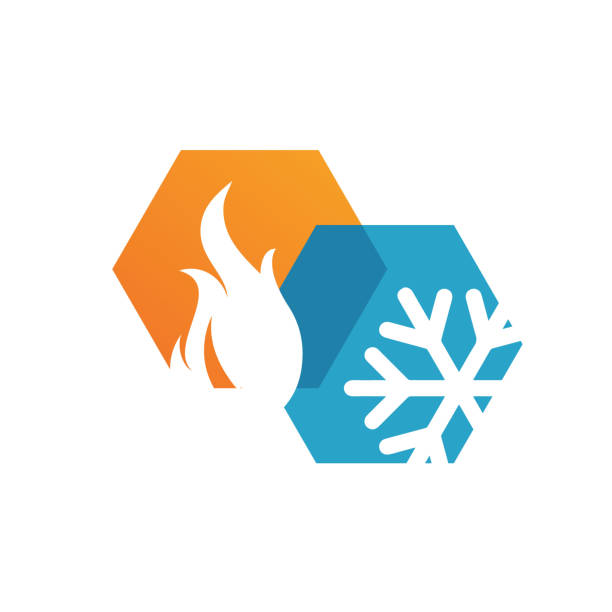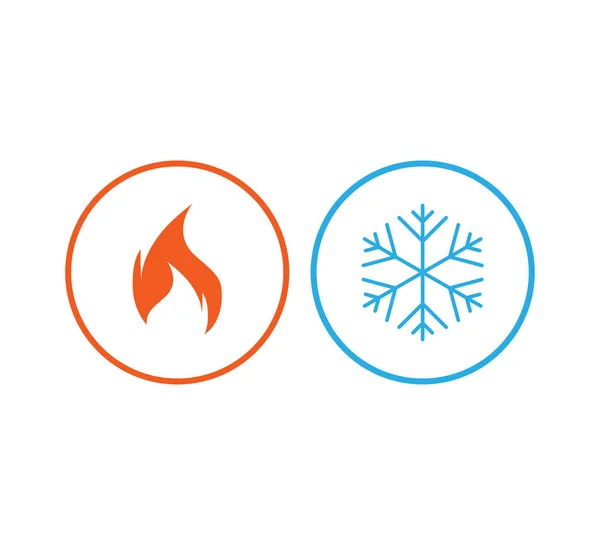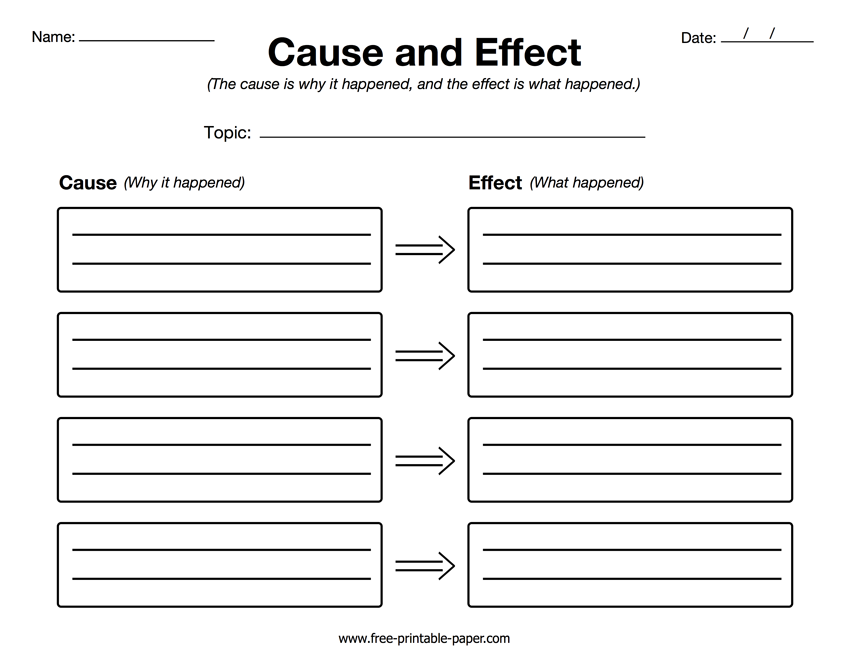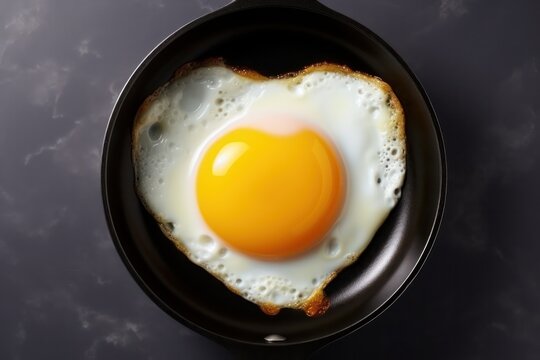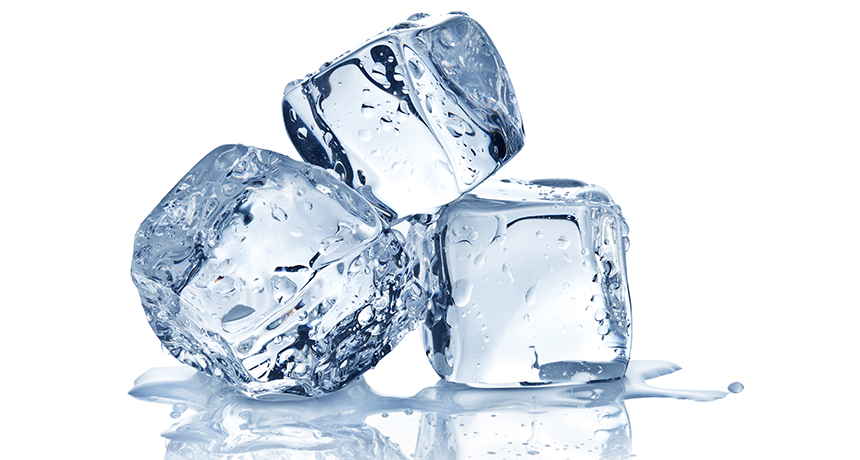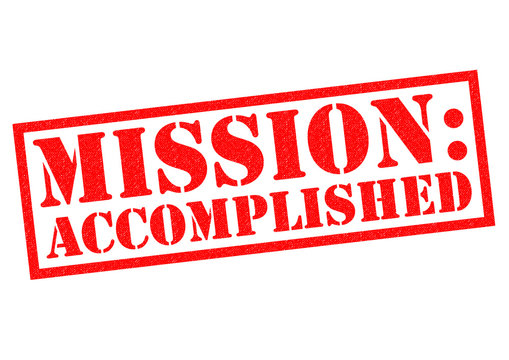Heating and Cooling WebQuest
Standard: 2-PS1-4 Construct an argument with evidence that some changes caused by heating or cooling can be reversed and some cannot.
DCI: Chemical Reactions: Heating or cooling a substance may cause changes that can be observed. Sometimes these changes are reversible, and sometimes they are not. (LE.PS1B.a)
- Examples of reversible changes could include materials such as water, butter or crayons at different temperatures.
- Examples of irreversible changes could include cooking an egg, freezing a plant leaf, or heating paper.
Science & Engineering Practice: Engaging in argument from evidence: Engaging in argument from evidence in K-2 builds on prior experiences and progresses to comparing ideas and representations about the natural and designed world(s).
- Construct an argument with evidence to support a claim.
Graphic Organizer Attached in Process
Question Sheet:
- What is a reversible change?
_________________________________________________________________________________________________
2. What is a non-reversible change?
_________________________________________________________________________________________________
3. How can you tell if a change is reversible or not?
_________________________________________________________________________________________________
4. What are some examples of heating? Circle all that apply.
a. Putting marshmallows in a fire
b. Freezing ice cream
c. Heating clothes with an iron
d. Melting butter
e. Putting water in the refrigerator
5. What are some examples of cooling? Circle all that apply.
a. Putting ice outside in the sun
b. Putting ice in a drink
c. Throwing paper in a fire
d. Leaving a plant outside during a snow storm
e. Turning a fan on yourself after sweating
6. What is heating?
a. To lower the temperature of something
b. To raise the temperature of something
c. The process of changing from a solid to a liquid
d. The process of changing a liquid to a solid
7. What is cooling?
a. To lower the temperature of something
b. To raise the temperature of something
c. The process of changing from a solid to a liquid
d. The process of changing a liquid to a solid
8. Melting a crayon is an example of a _______________ change.
9. Cooking an egg is an example of a _______________ change.
10. Construct an argument with evidence to support whether changes caused by heating or cooling can be reversed.
_________________________________________________________________________________________________
_________________________________________________________________________________________________
_________________________________________________________________________________________________
_________________________________________________________________________________________________
_________________________________________________________________________________________________

